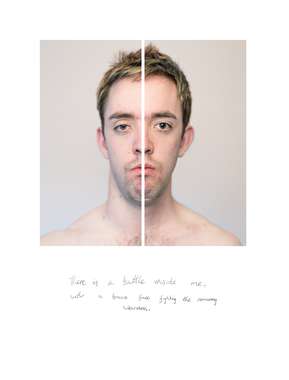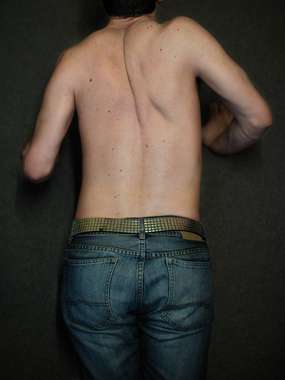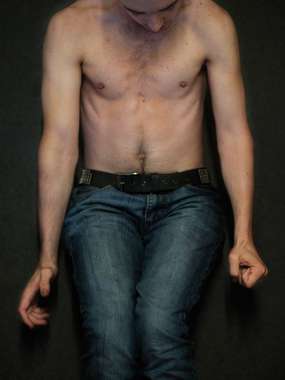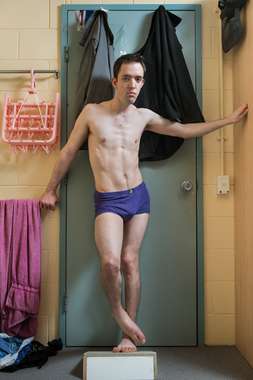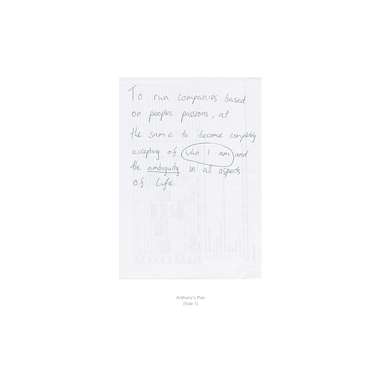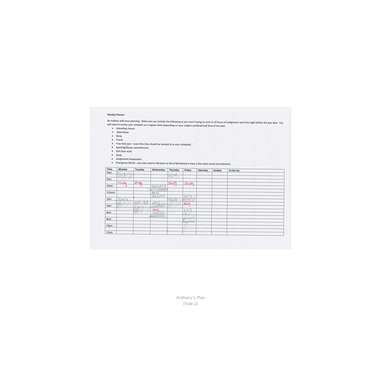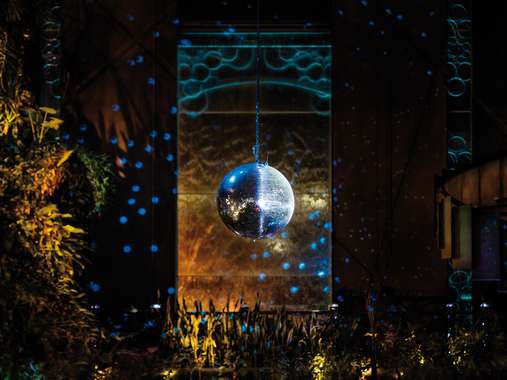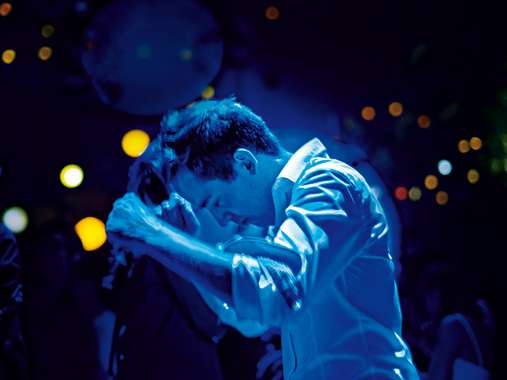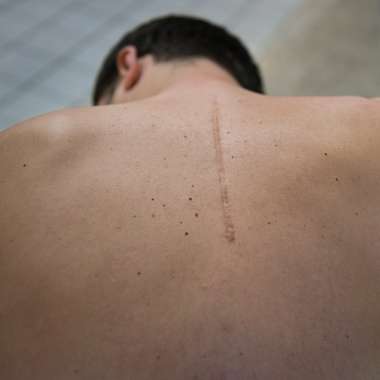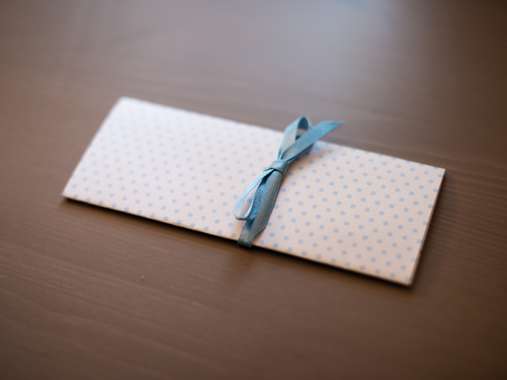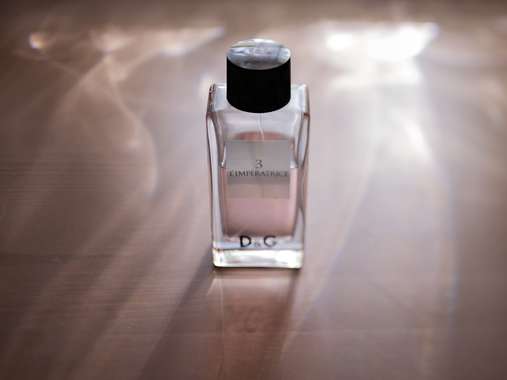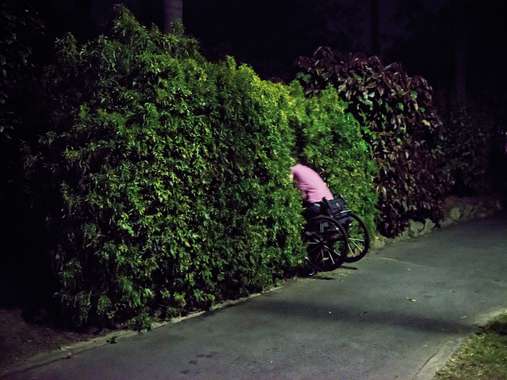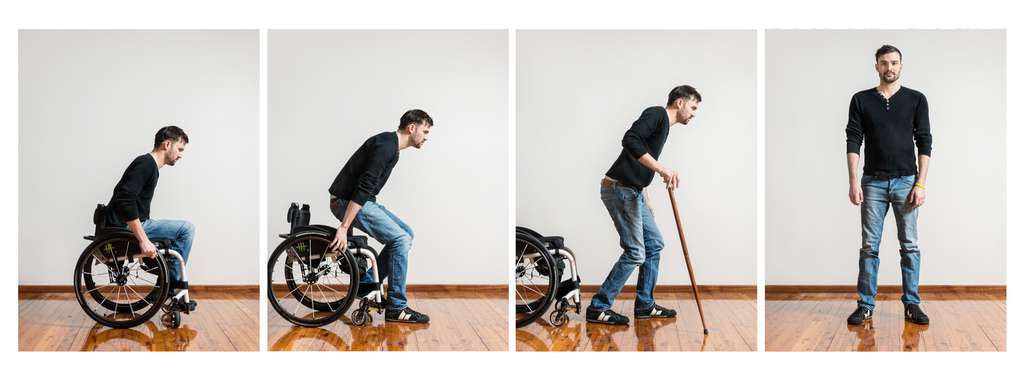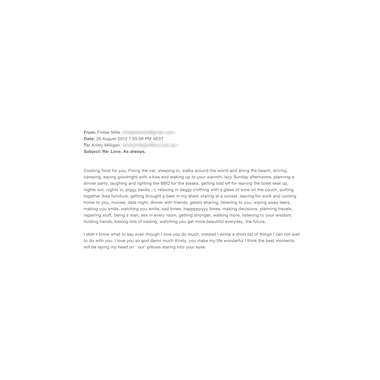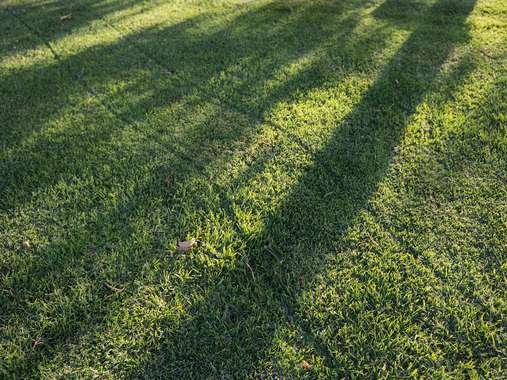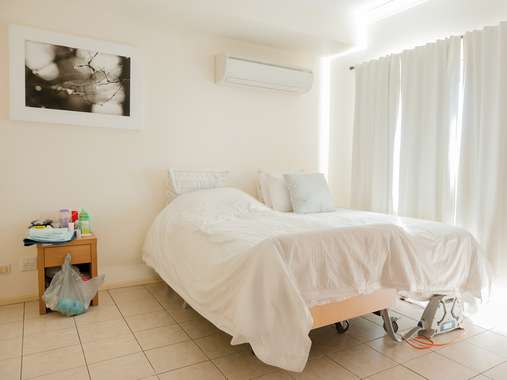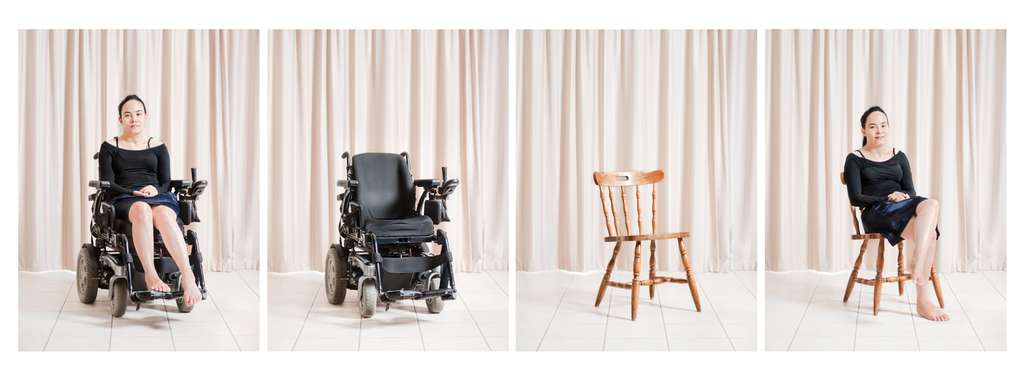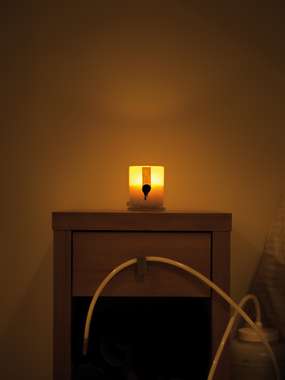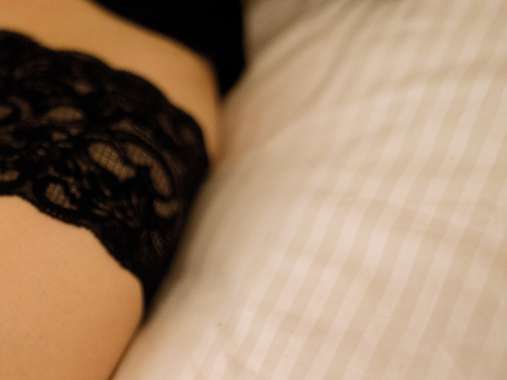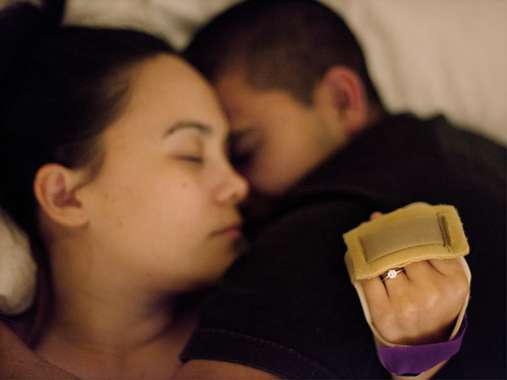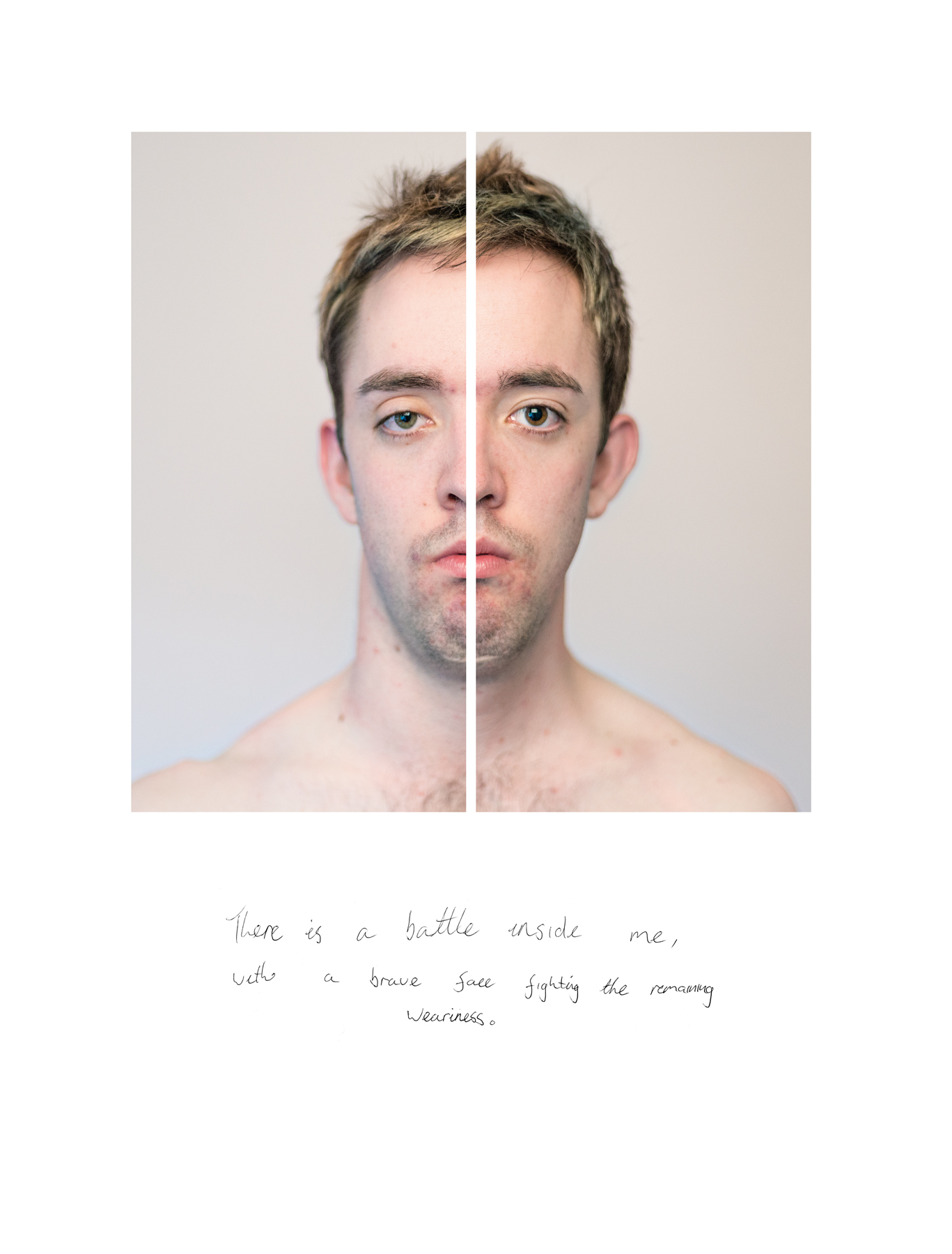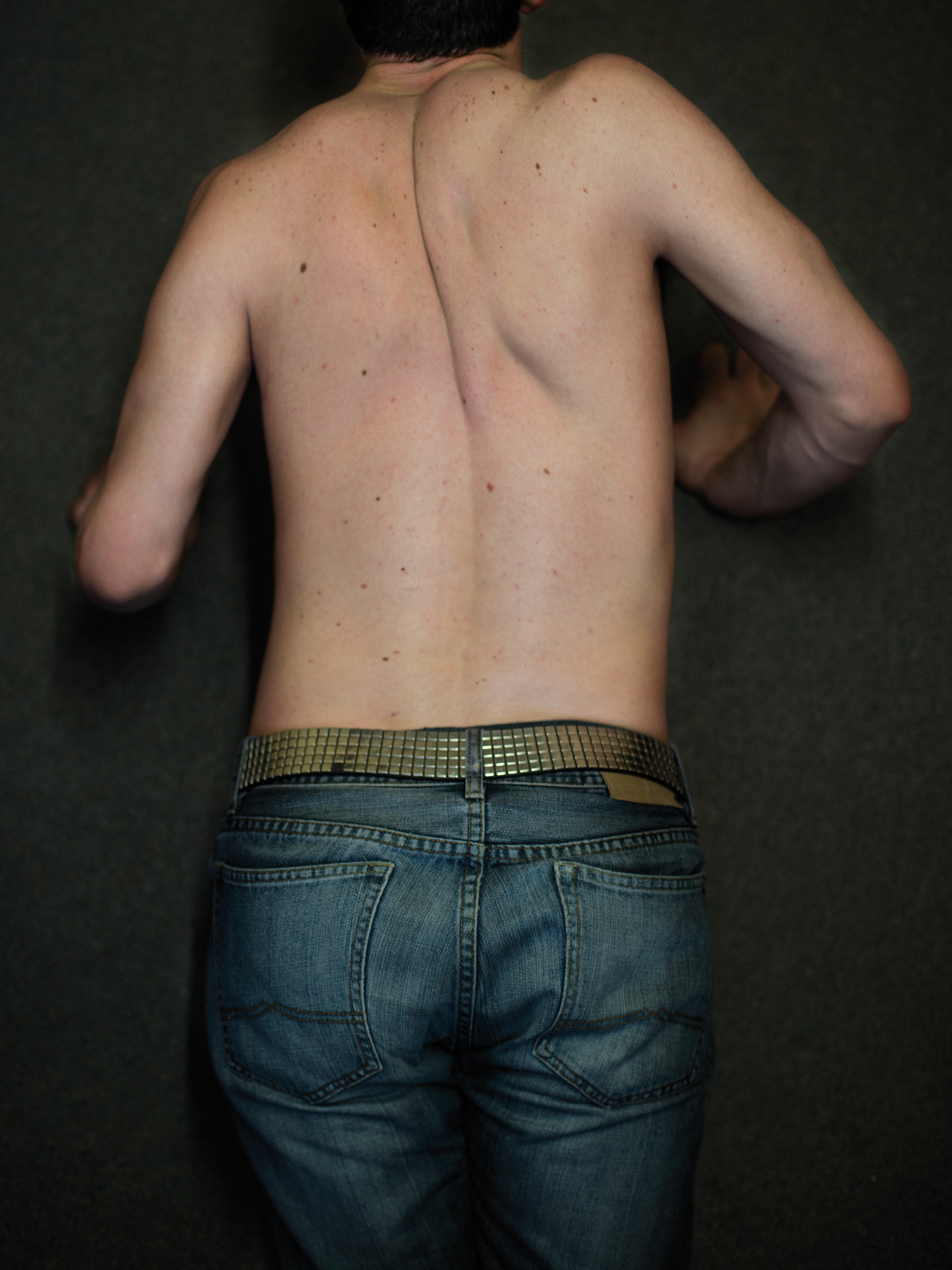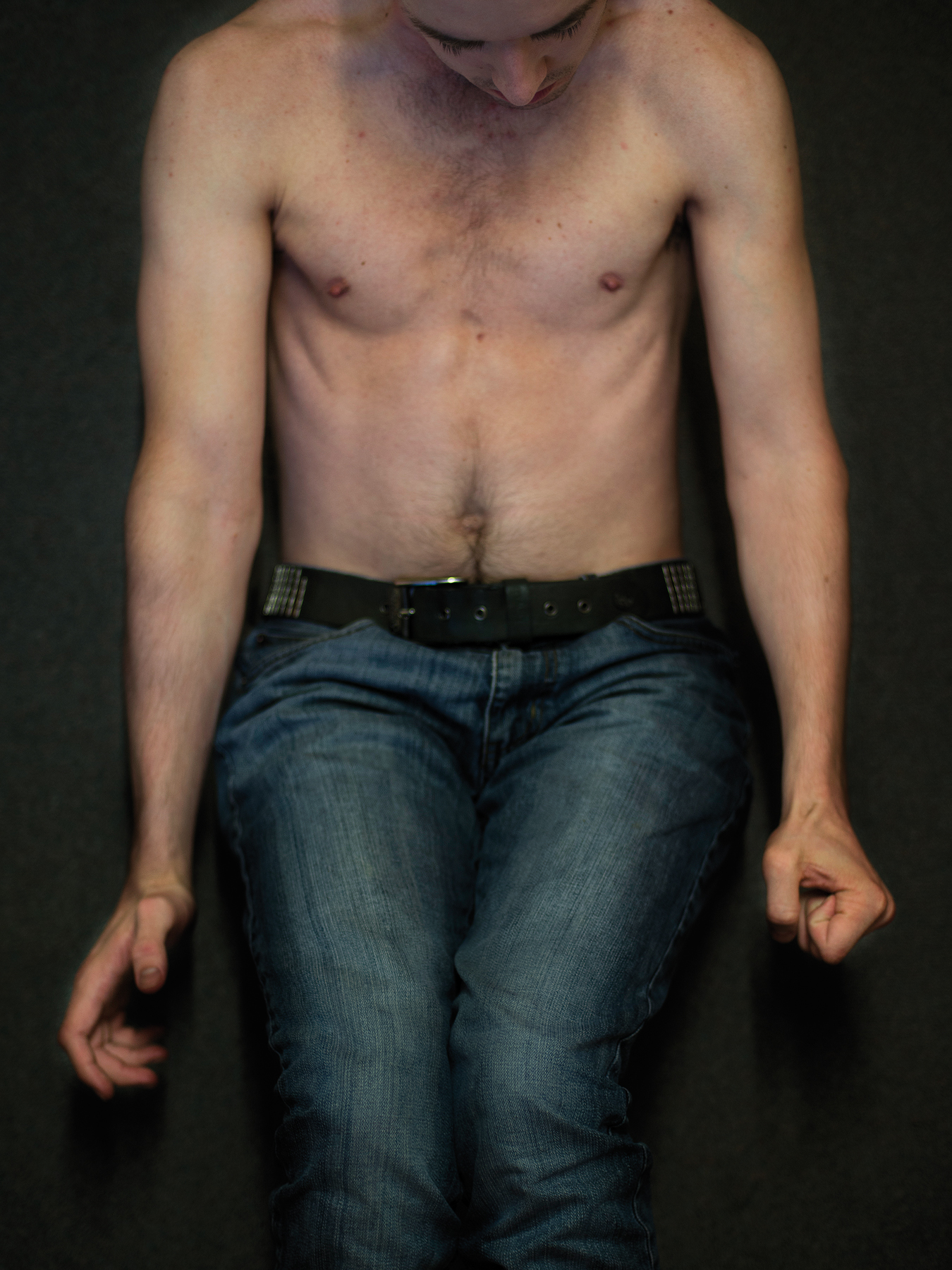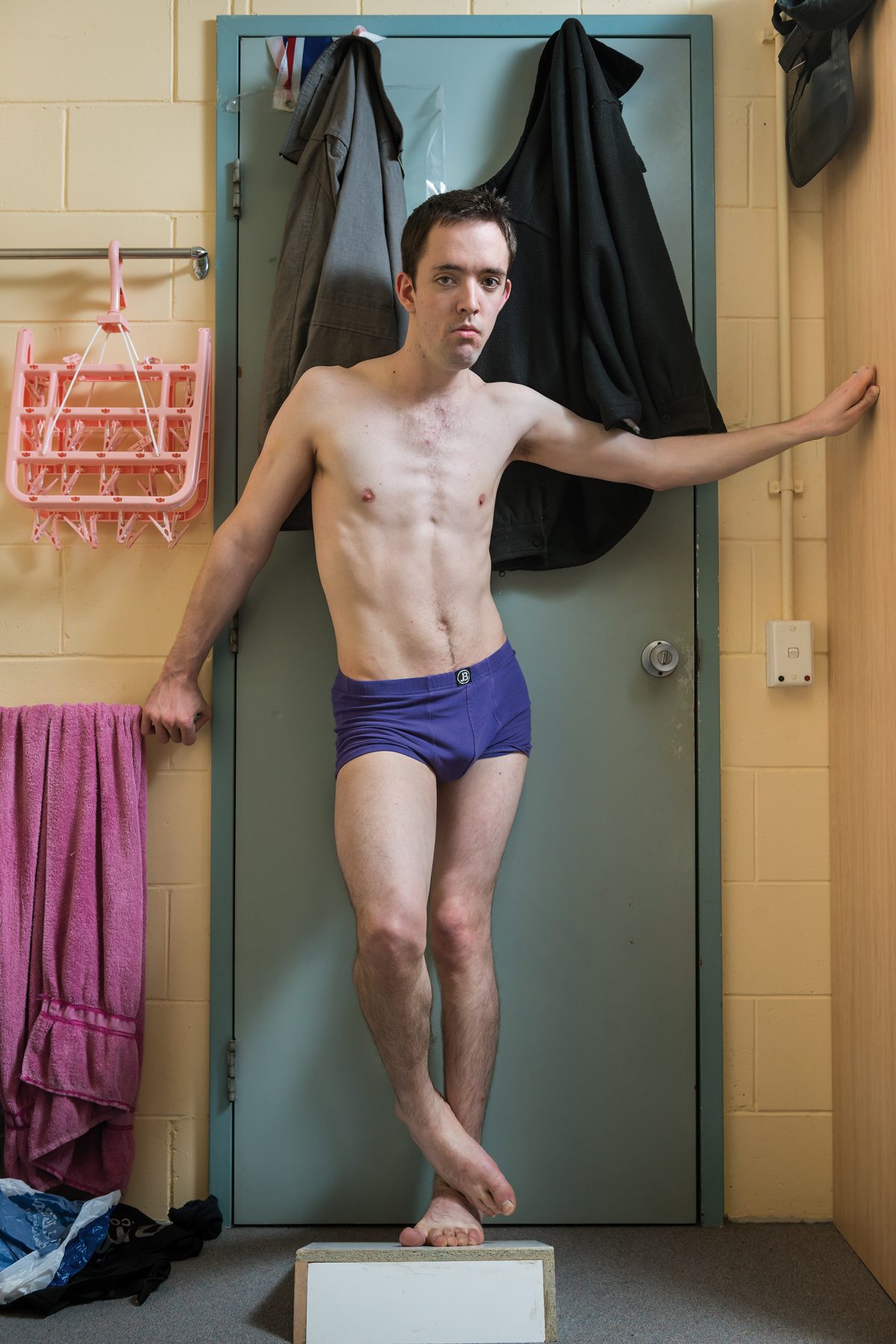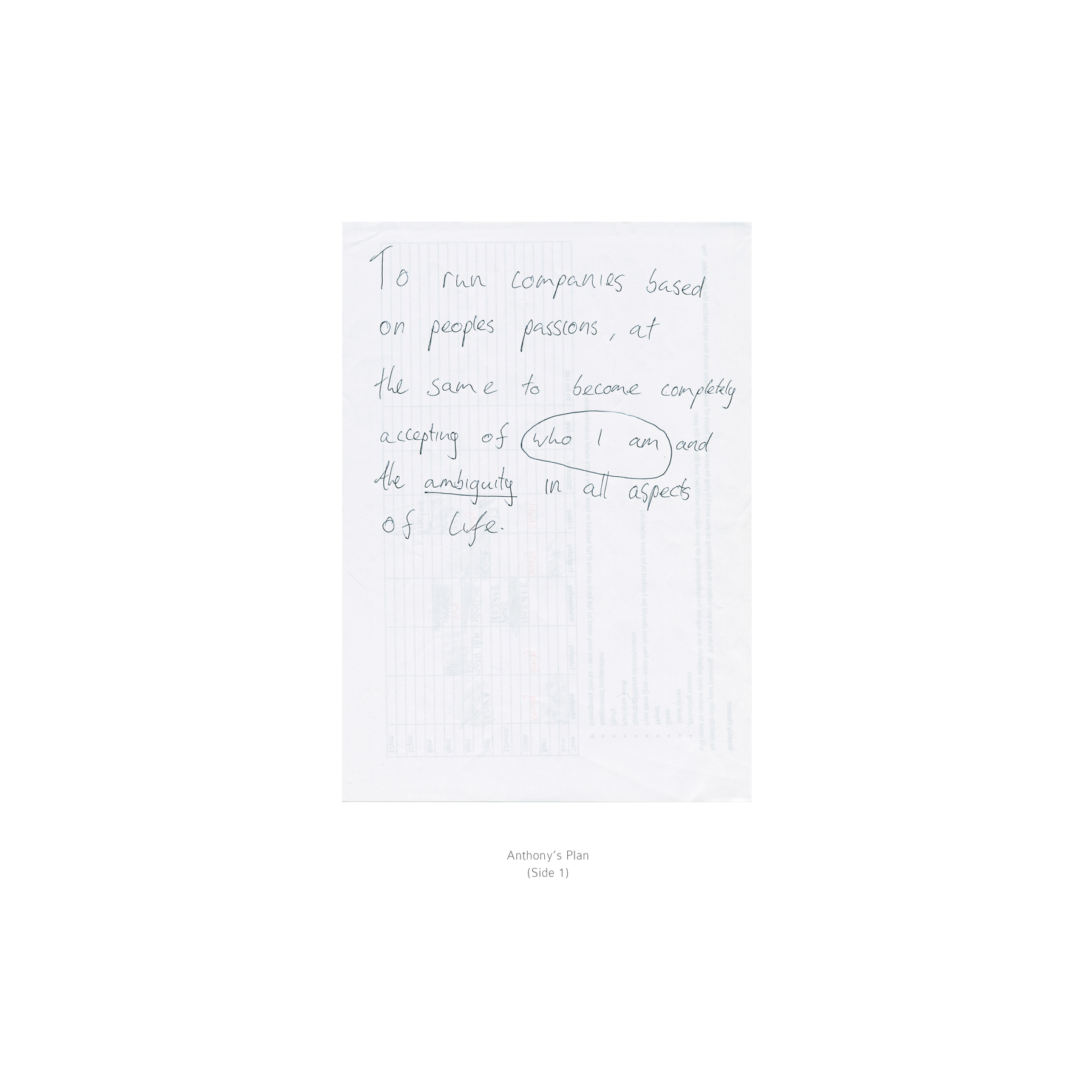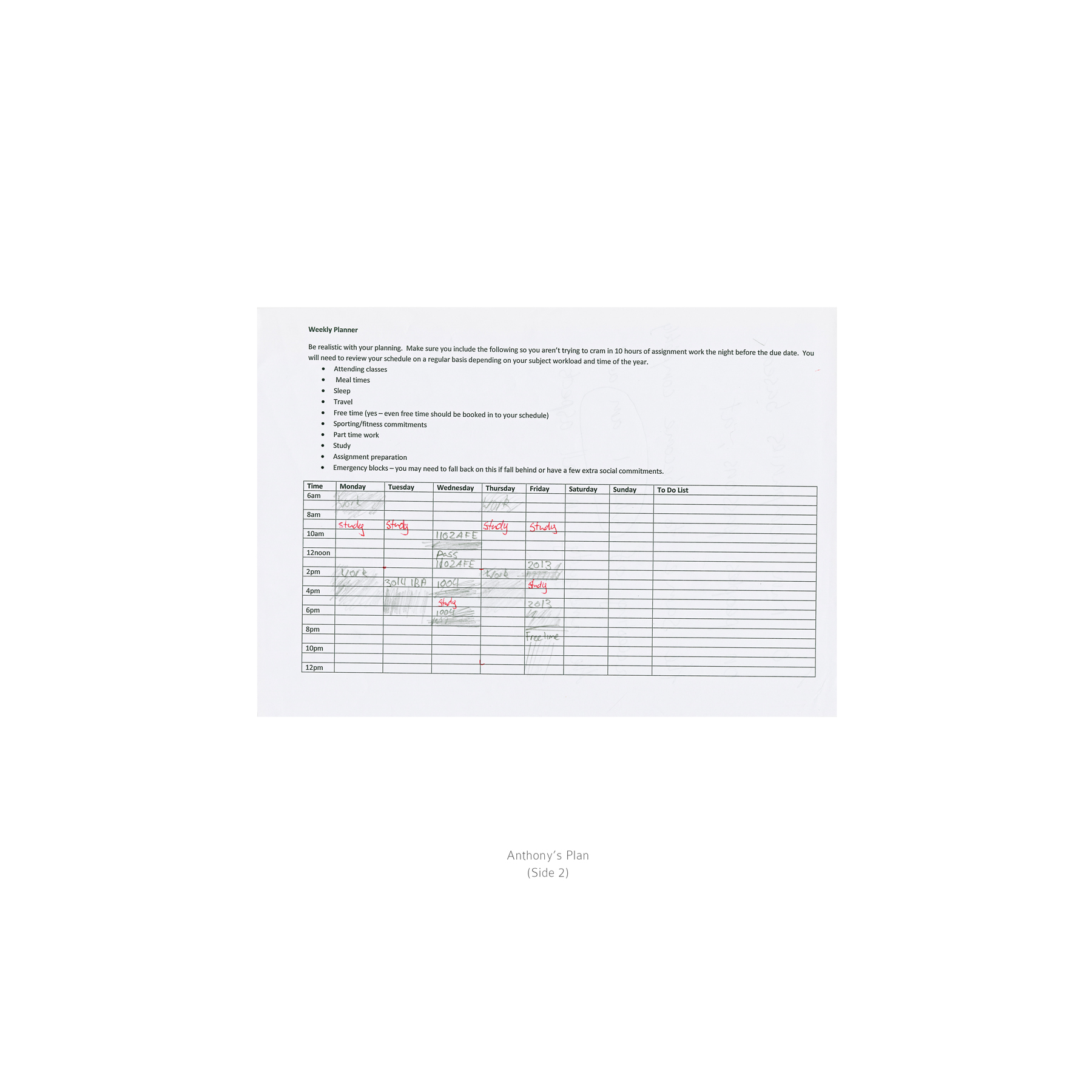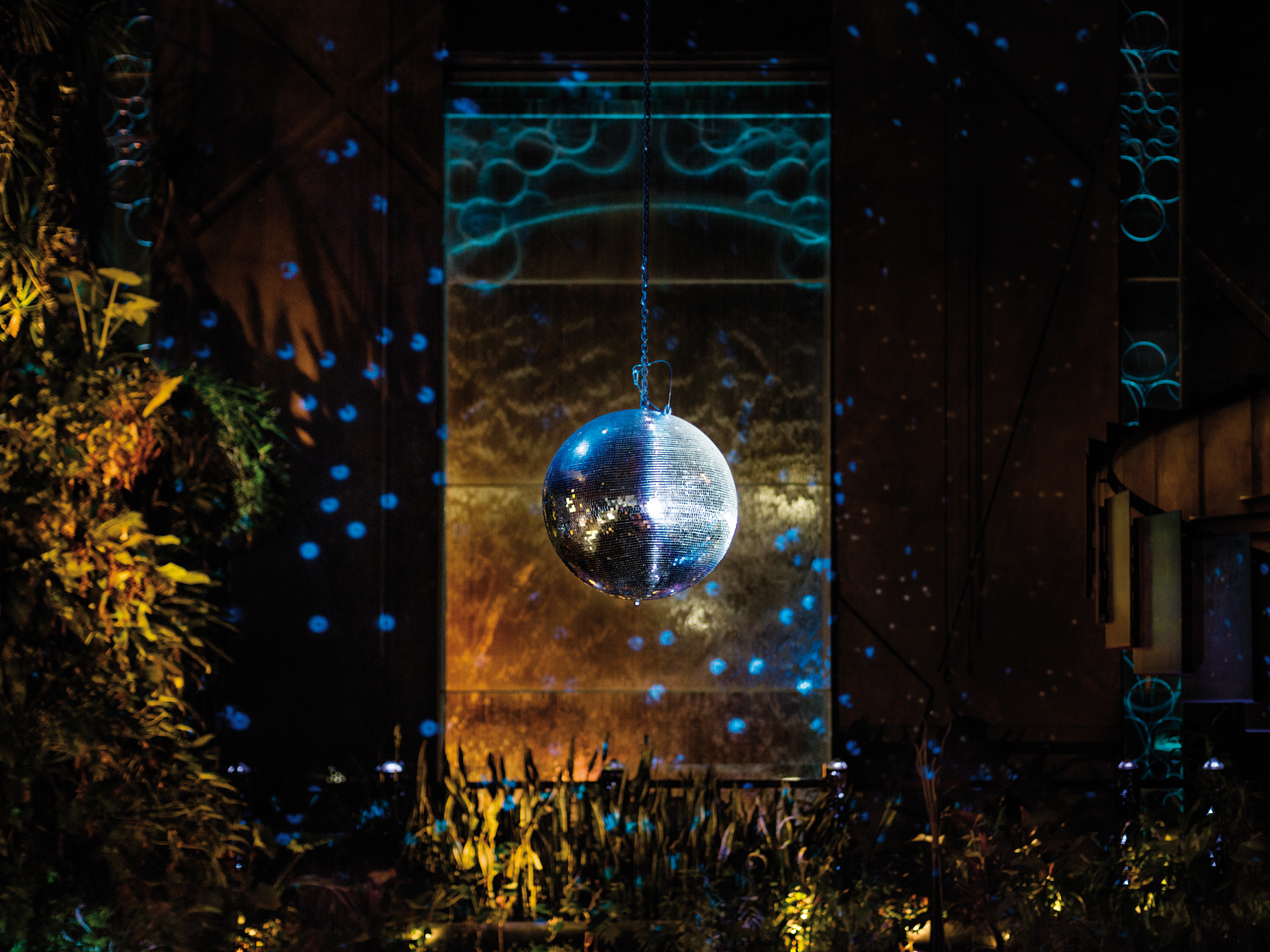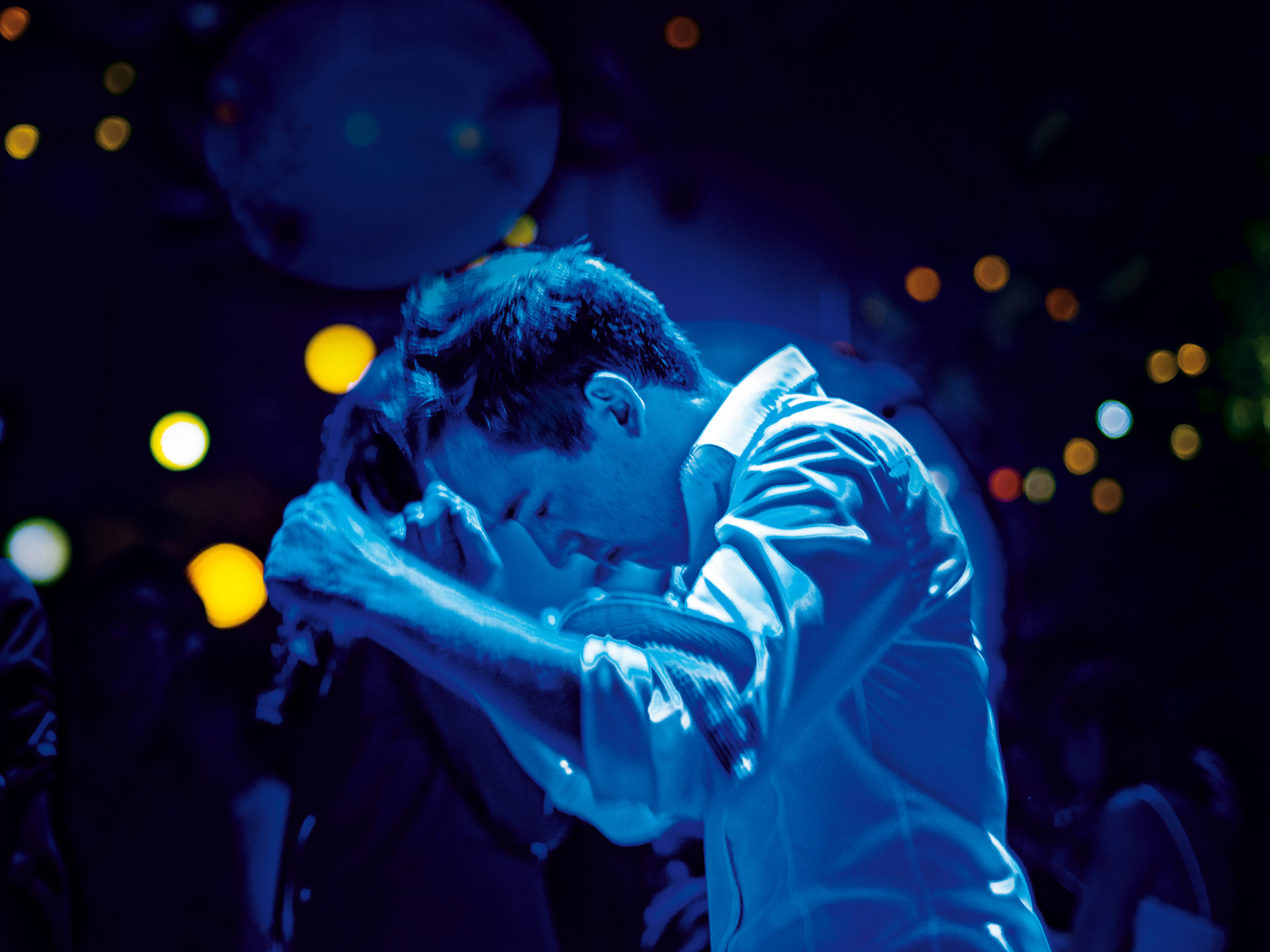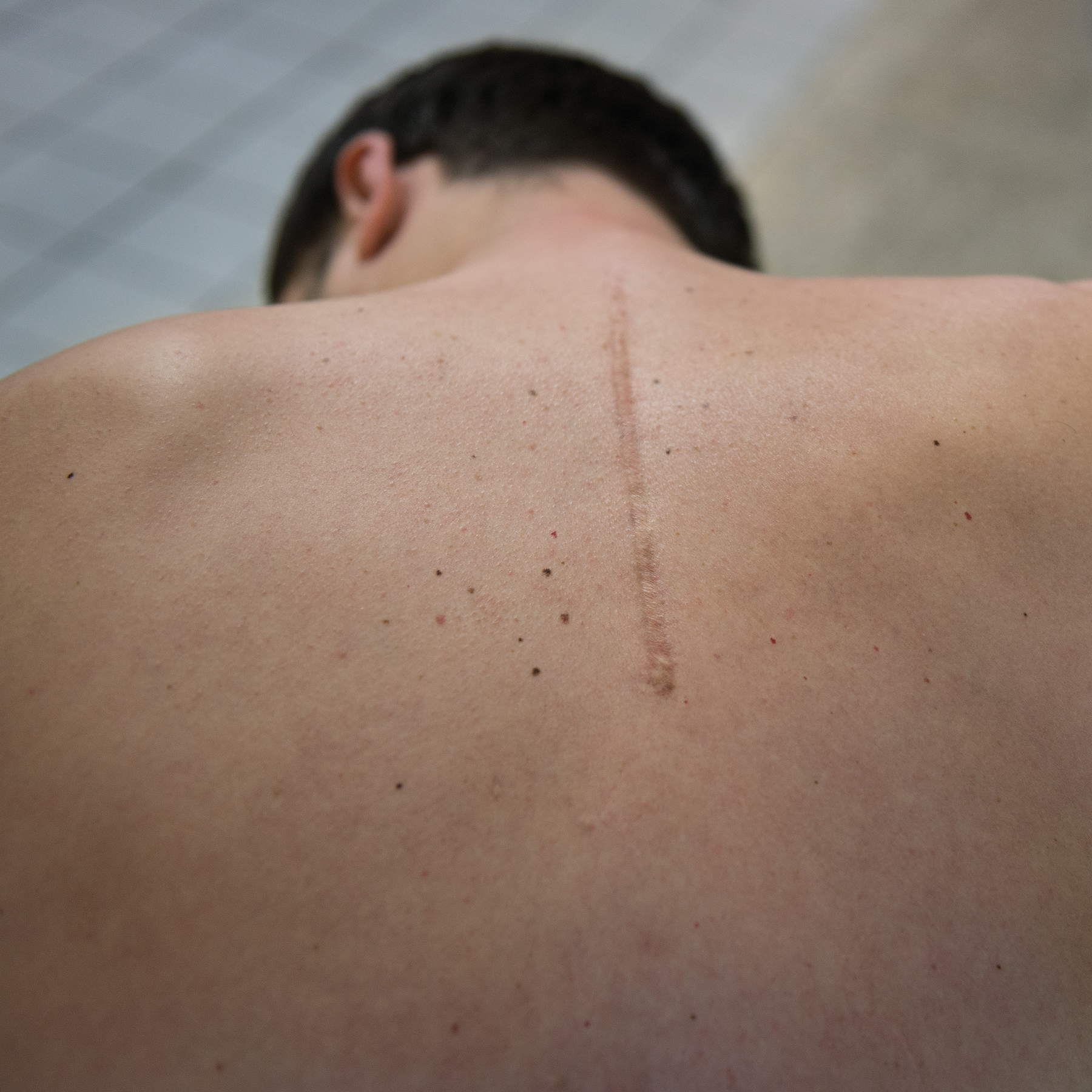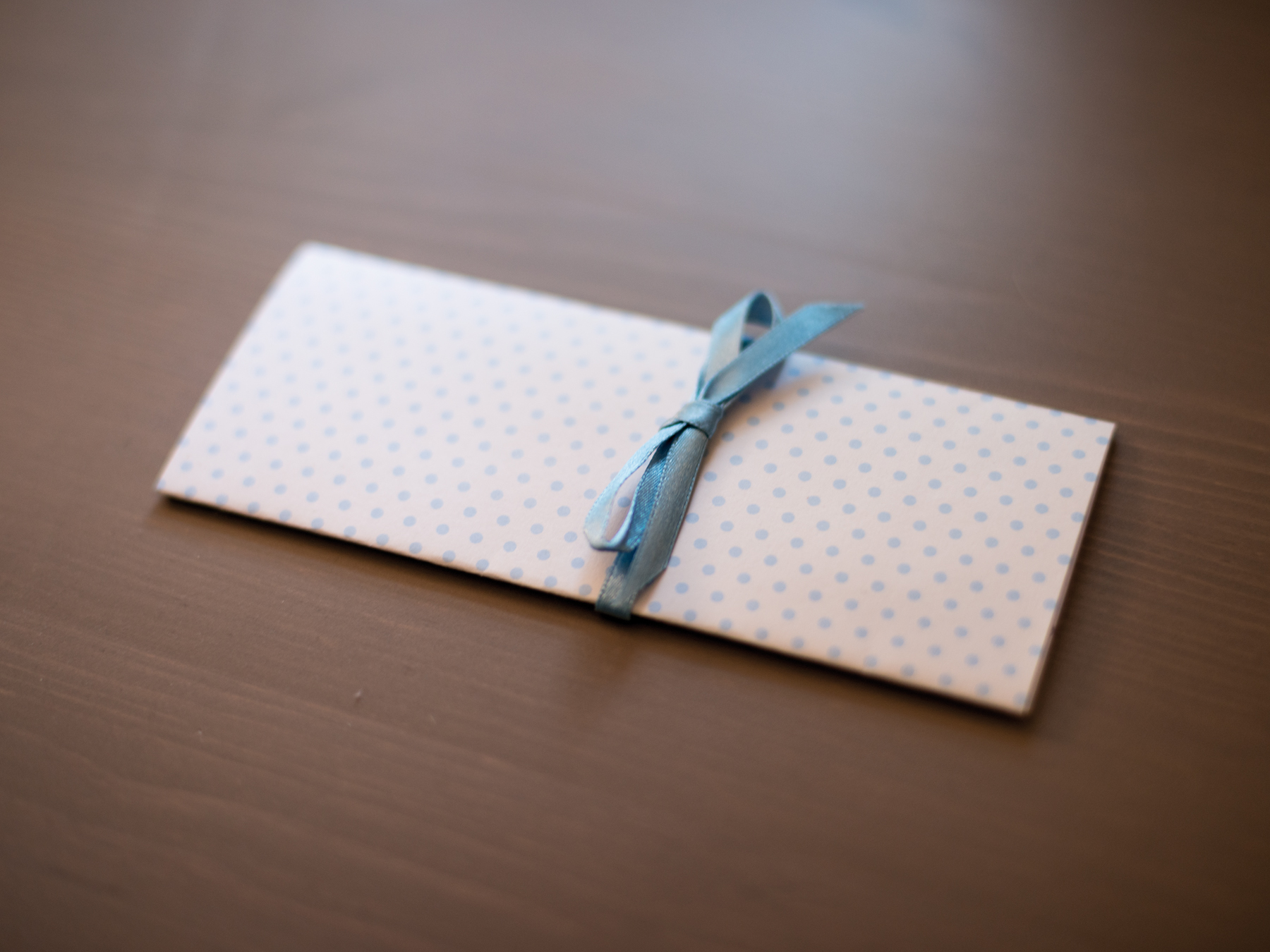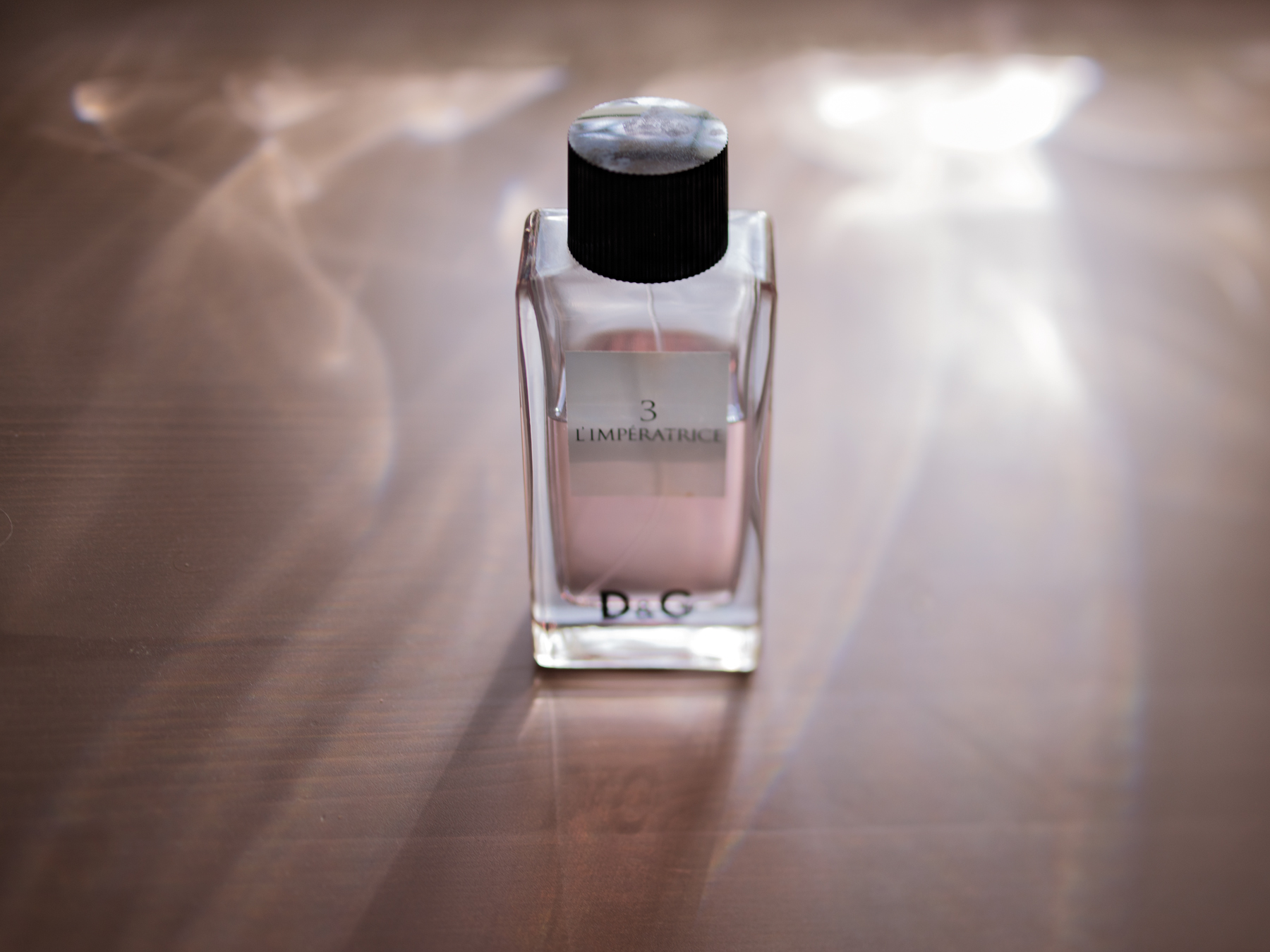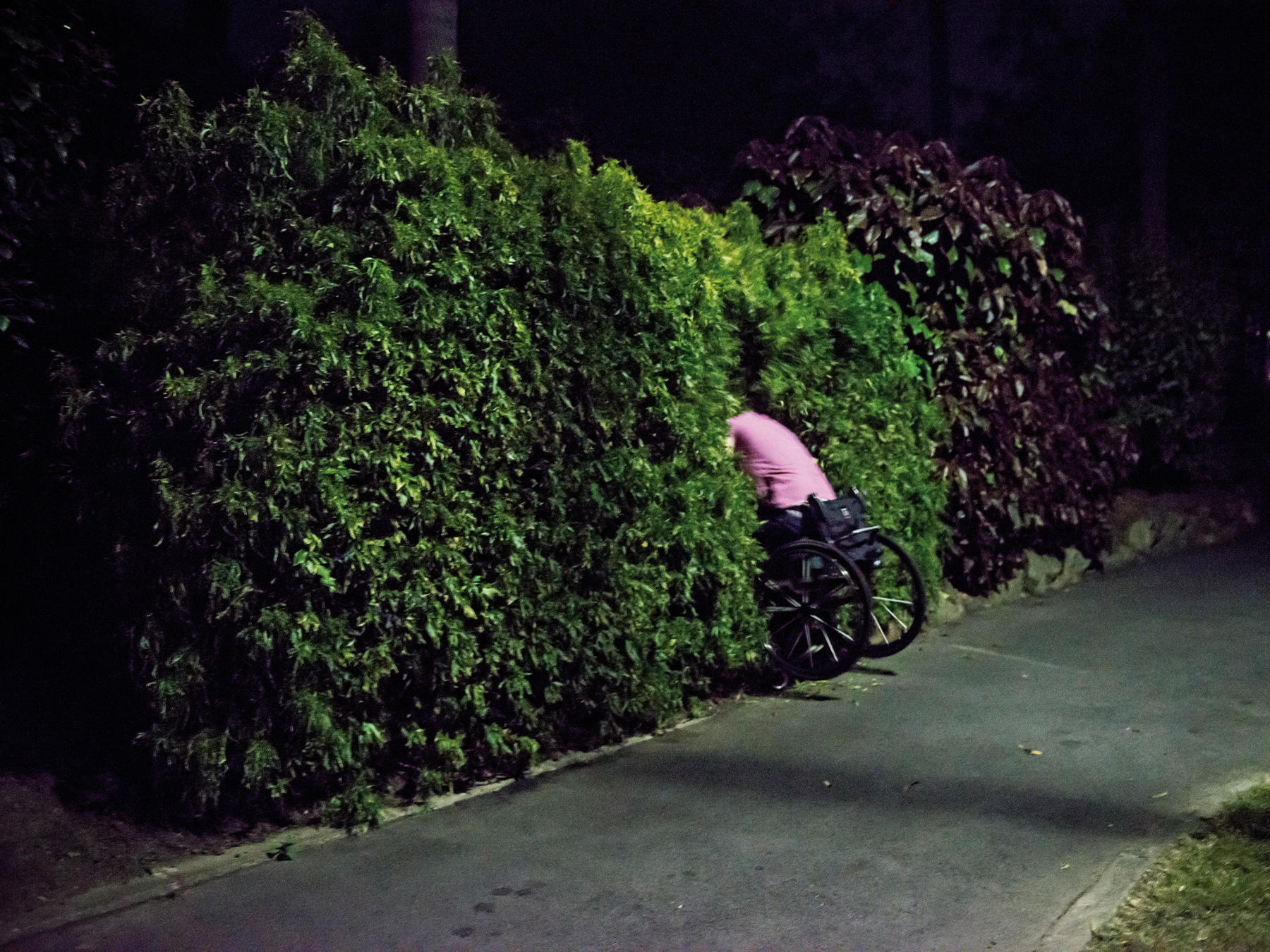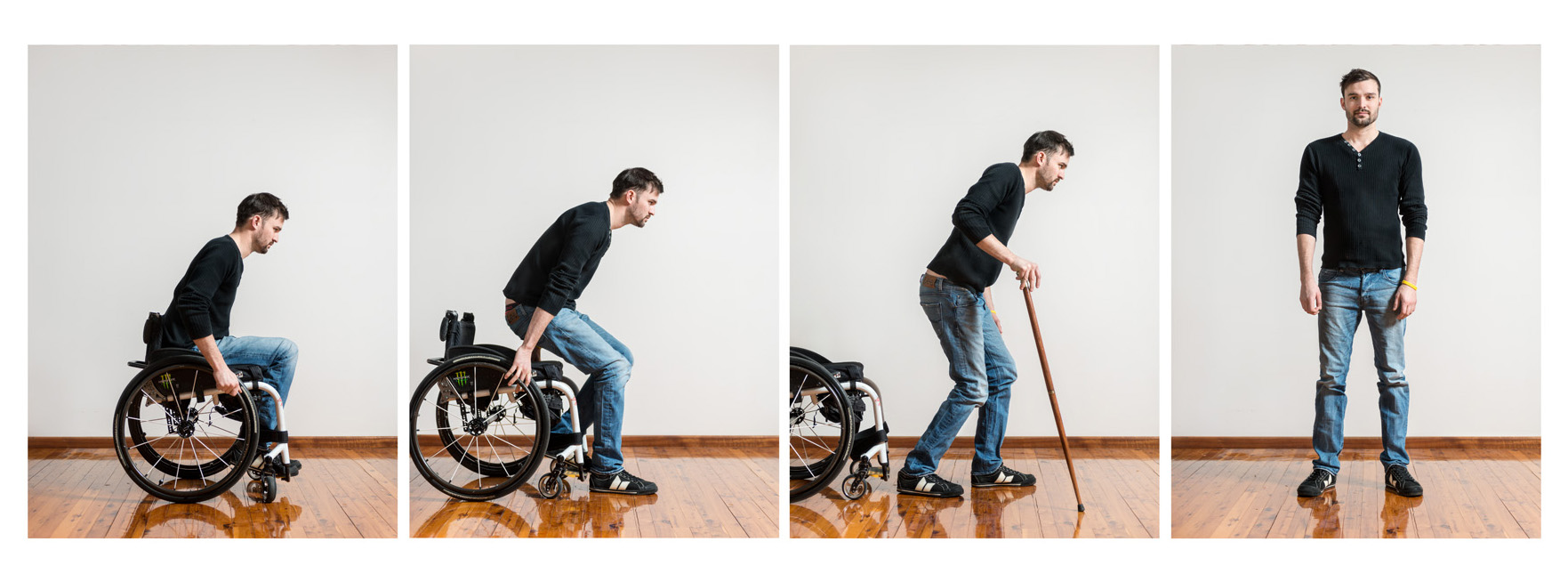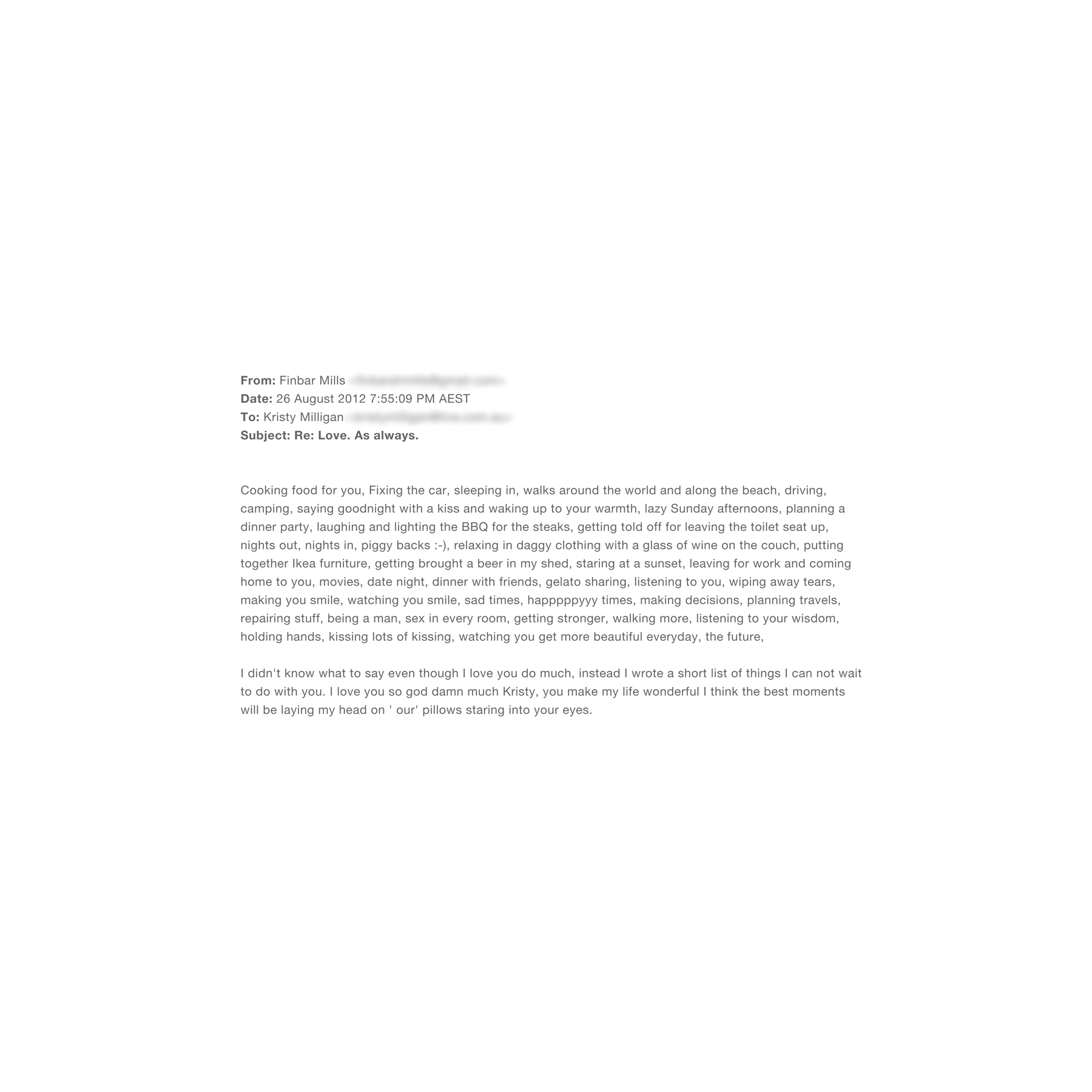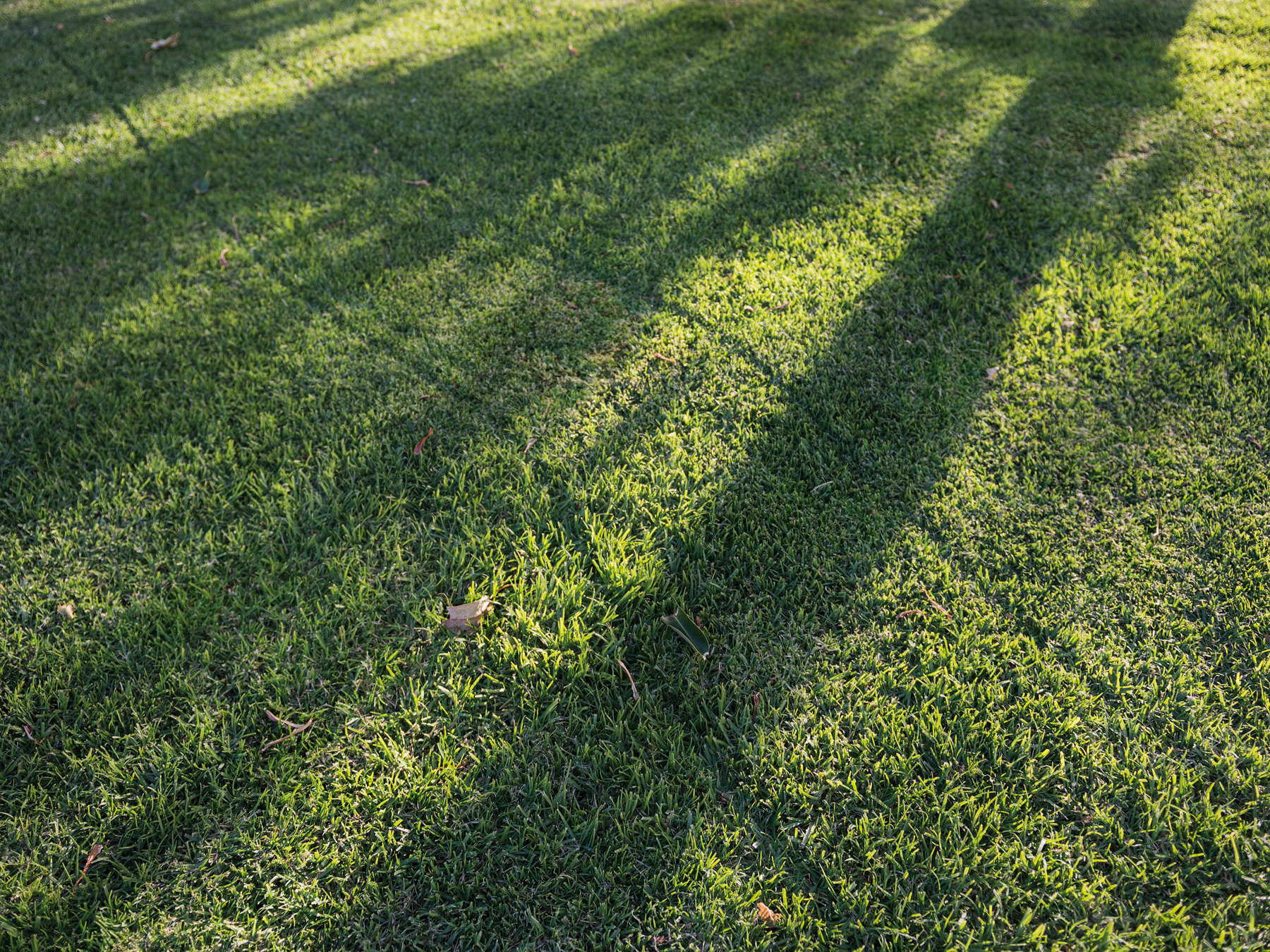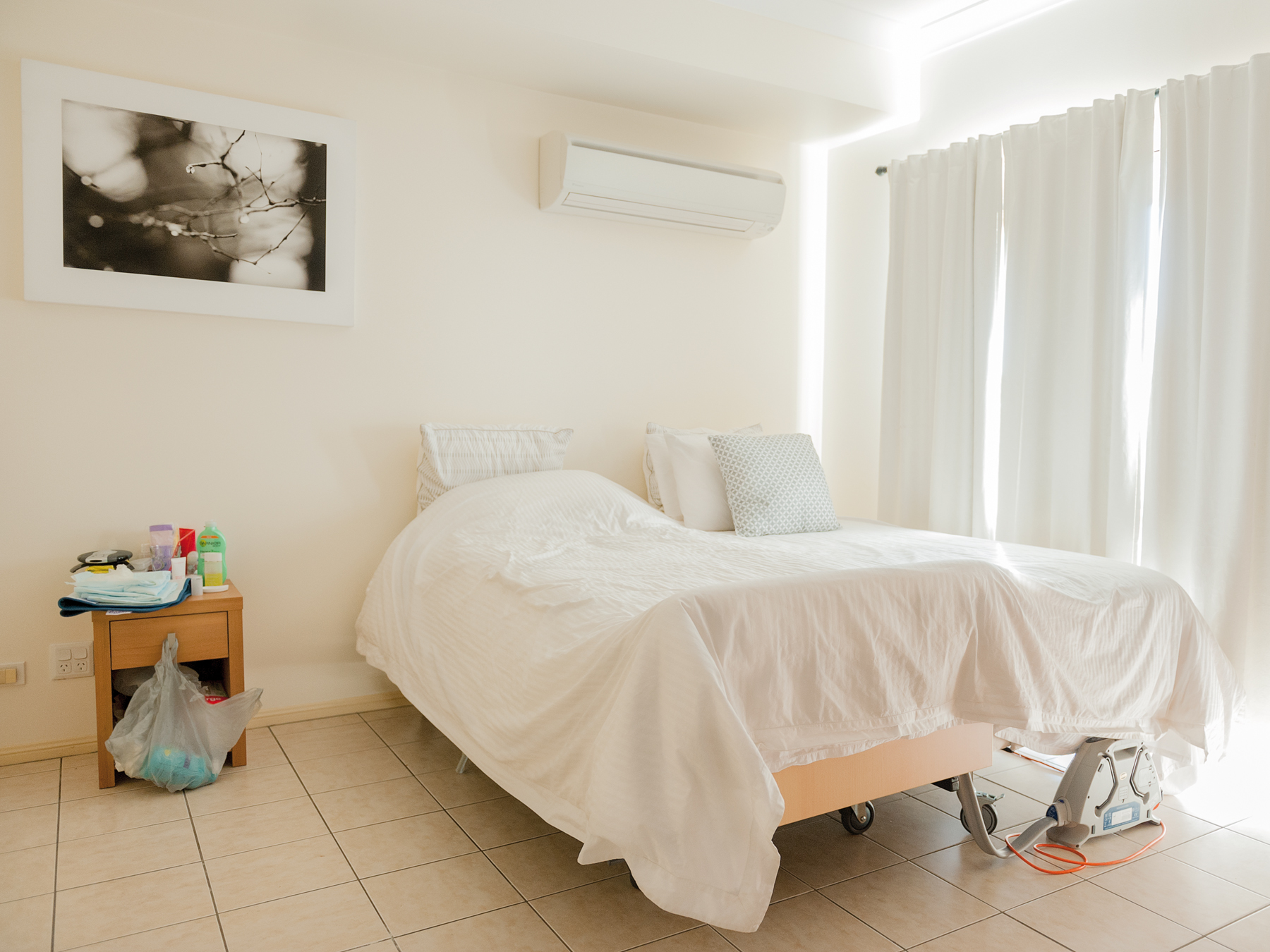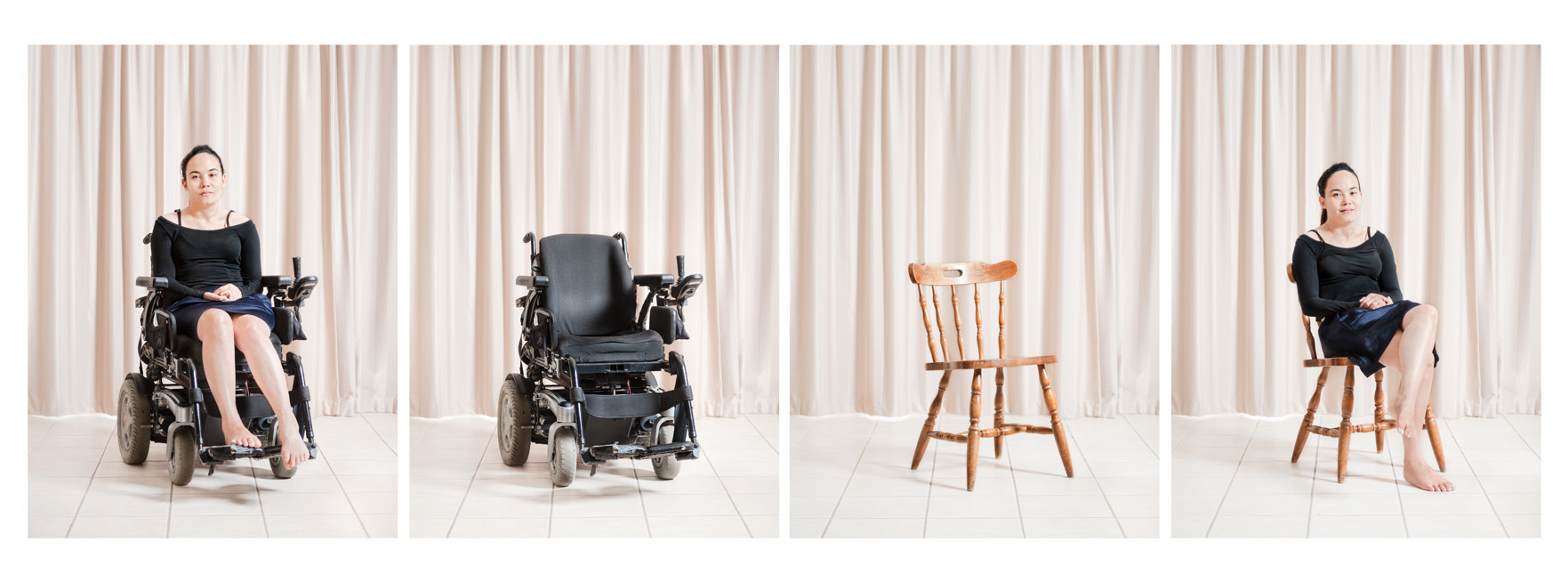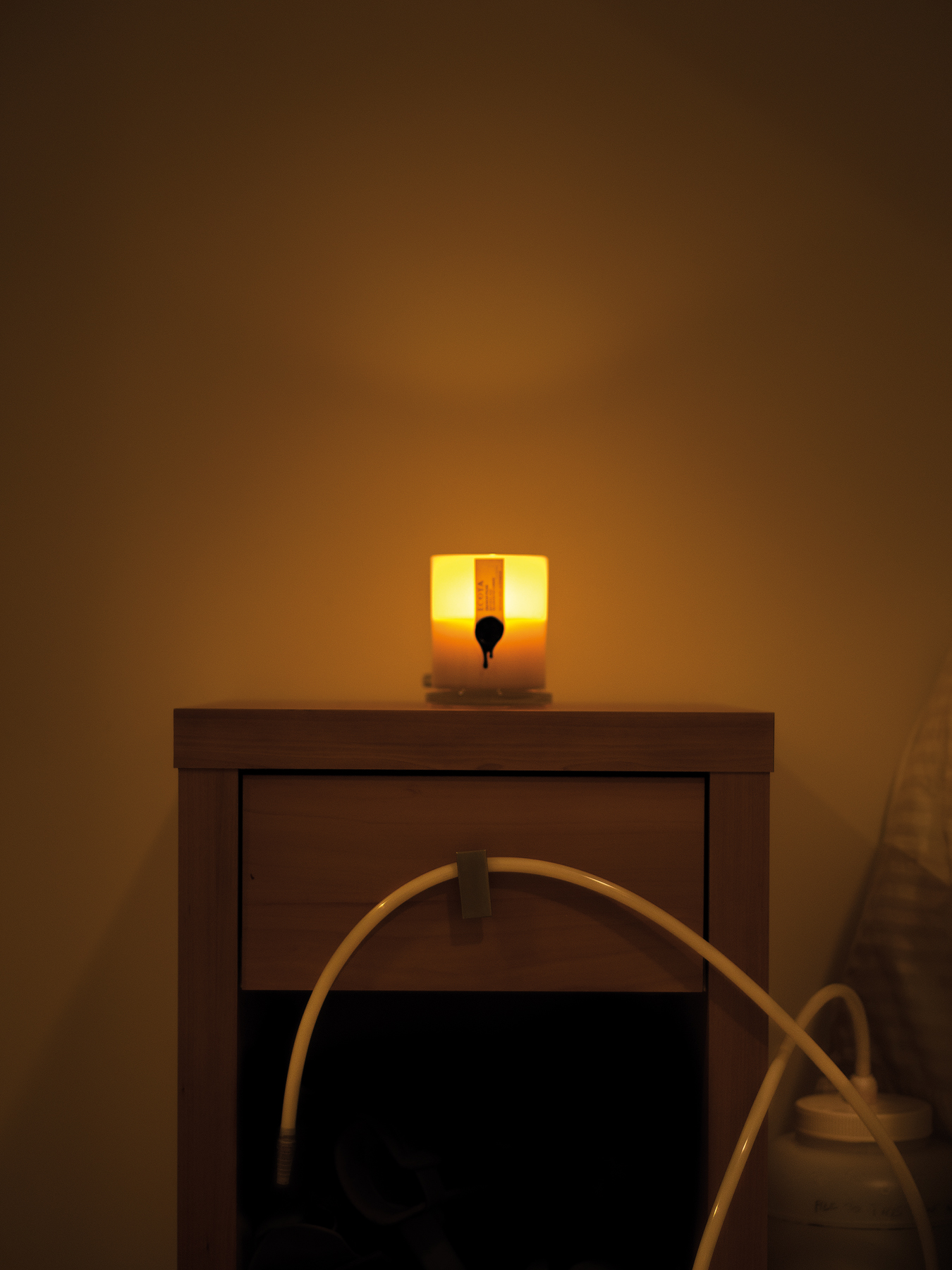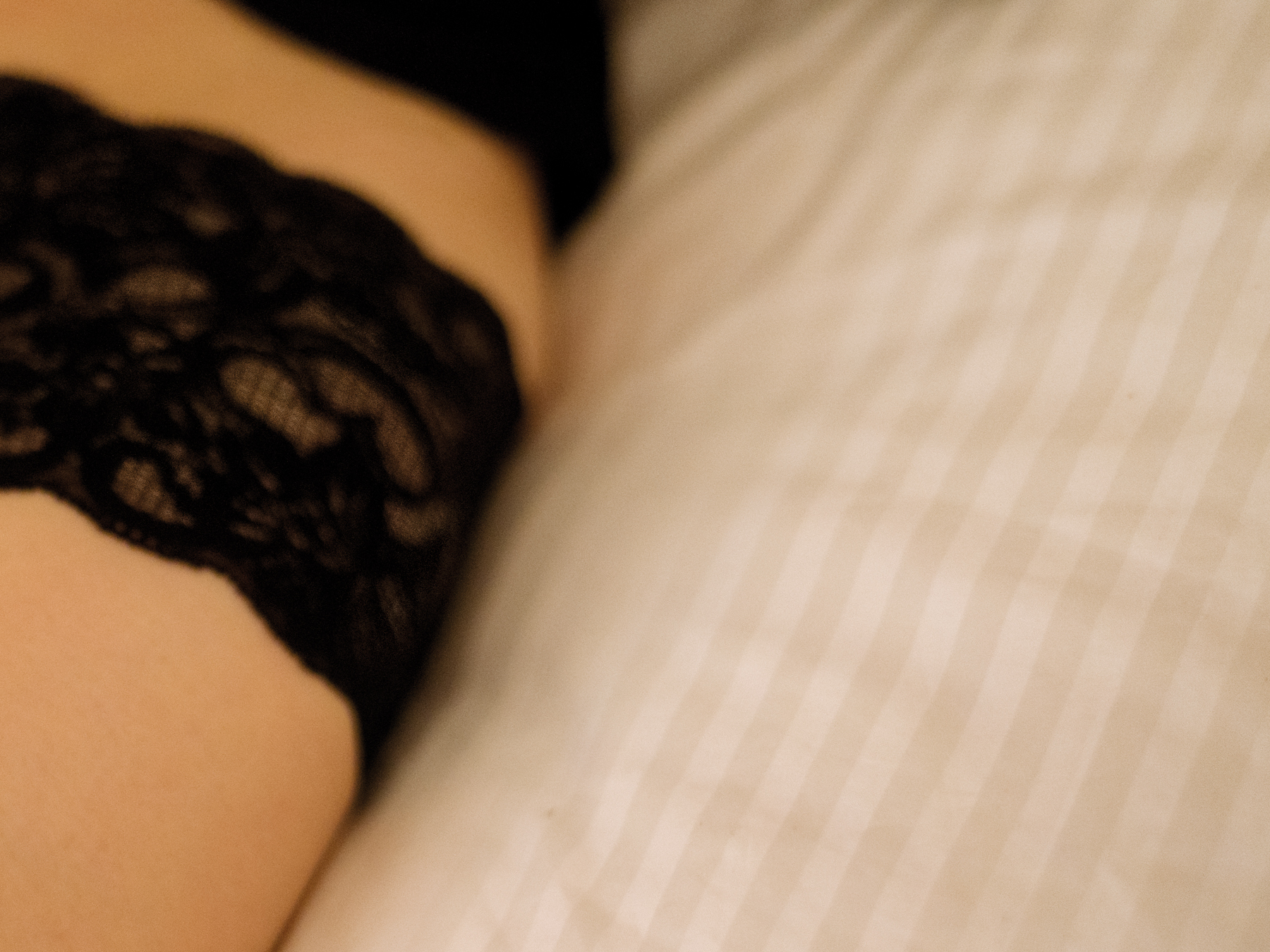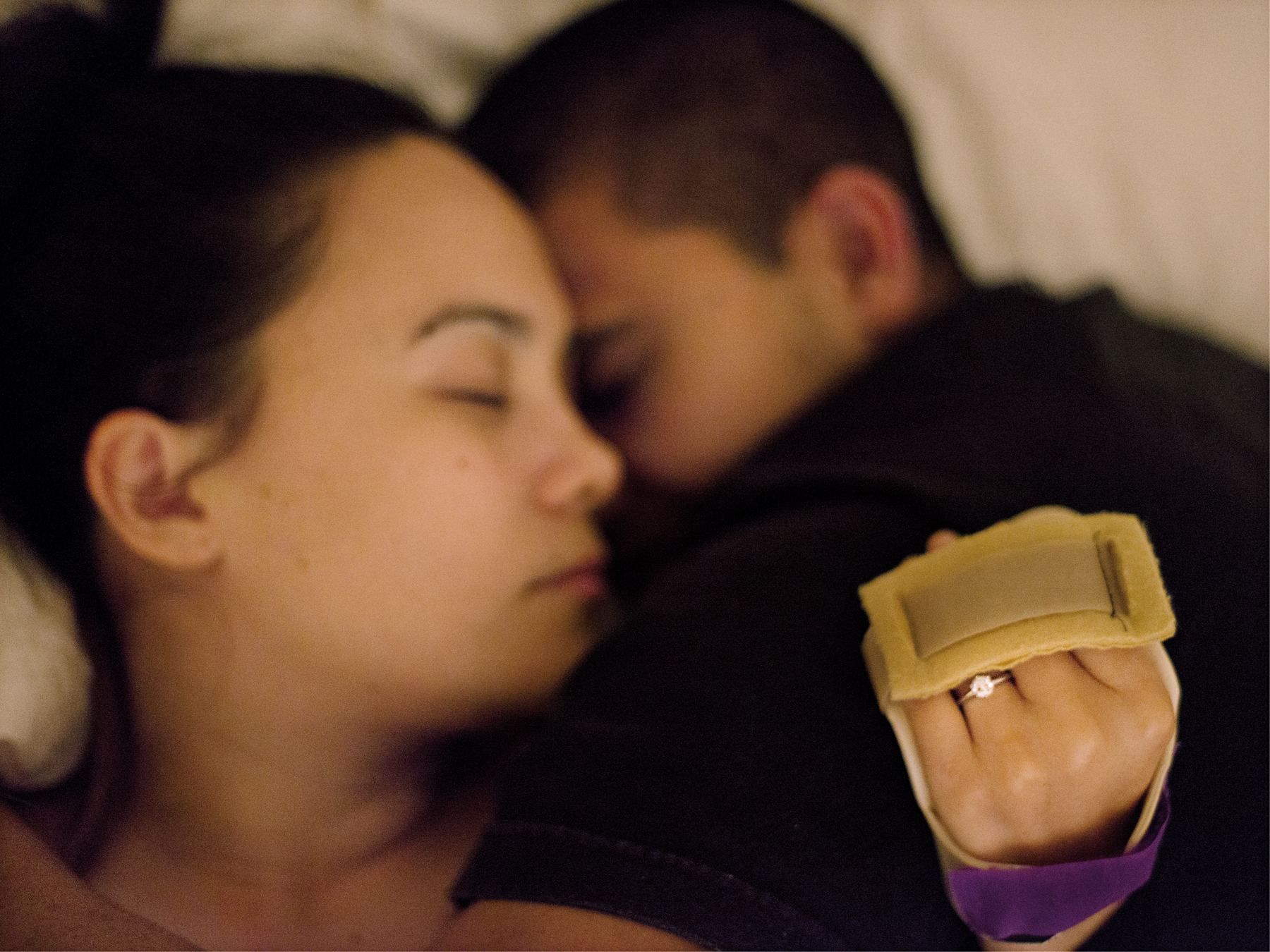Strangely Familiar
by louislzm
This work has been commented by 4 curator(s). Read the comments
Title
Strangely Familiar
Headline
A glimpse into the personal and intimate aspects of love, belonging and identity of differently-abled people.
Concept author(s)
Louis Lim
Concept author year(s) of birth
1989
Concept author(s) contribution
Louis is a visual practitioner who initiated the dialogue and worked on Strangely Familiar as his Bachelor of Photography Honours Research Project.
Concept author(s) Country
Australia
Other author(s)
Jocelyn Franciscus; Finbar Mills; Anthony Bushell
Other author(s) year(s) of birth
1980; 1987; 1992
Other author(s) contribution
Jocelyn, Finbar and Anthony are the main participants of the 'Strange Familiar' project. The work is based on their stories.
Other author(s) Country
Australia
Friendly Competition
Radical intimacies: dialogue in our times (2014)
Competition category
Visual communication practice
Competition subcategory
web / interactive
Competition field
academic
Competition subfield
educator/researcher
Subfield description
Griffith University, Photography, Bachelor of Photography with Honours
Check out the Radical intimacies: dialogue in our times 2014 outlines of Memefest Friendly competition.
Description of idea
Describe your idea and concept of your work in relation to the festival outlines:
Growing up with a belief that it was rude to stare at people with a disability or impairment meant that I gradually eliminated their presence from my consciousness. Admittedly I would glance at those who presented as ‘abnormal’ and politely, or perhaps shamefully, look away when eye contact was made. I felt pity for the person and considered their disability to be unfortunate.
Mainstream media reinforces this assumption and presents a limited narrative: the celebration of an abled body and the devastation of the pathological. Alternatively, it showcases those who overcome the pathological as medical miracles or inspirational idols.
'Strangely Familiar' investigates the ‘unseen’ side of a differently-abled narrative effectively disrupting the ableist presumption of people labeled ‘disabled’ as inferior. Over the past twelve months I have worked collaboratively with Jocelyn, Finbar and Anthony. The stories presented are not concerned with their physical limitations, nor are they celebrations of ‘inspirational achievements’. Instead, each collaboration is a dialogue that seeks to share with an audience, a glimpse into the personal and intimate aspects of love, belonging and identity.
What kind of communication approach do you use?
The work has uses multiple communication approach, ranging from observation, interviews, transcription of interviews, discussion of visual concept, collaboration on visual execution, reflection on visual outcome and refining of visual approach.
What are in your opinion concrete benefits to the society because of your communication?
My approach on visual communication is more inclusive and respective in a sense that differently-abled people are humanised rather than objectified. The work that I presented are stories that each participants would like to be represented, and my job is to generate dialogues that tease out aspects of life that the general society don't see in the surface. This helps us relate and rethink our approach towards communicating with differently-abled people.
What did you personally learn from creating your submitted work?
Through the course of the project, I have questioned my presumptions on ‘disabled’ people, and started to understand them as people who struggles with identity, sexuality and love, but also as people with aspirations similar to most. I learned that Jocelyn, Finbar and Anthony were not at all ‘disabled’, but they are constrained by the mainstream society in which restraining them from living a fuller life. Through spending time with Jocelyn, Finbar and Anthony, I find them not a bit ‘less’ than an abled-body.
Why is your work, GOOD communication WORK?
I couldn't yet declare my work as good communication work, but I know that my work challenge and question our assumptions towards others, especially those who are marginalise and stigmatise. I felt the work provides depth and intimacy that help us relate to the subjects represented and makes the viewer stop and question on their supposition.
Where and how do you intent do implement your work?
I have continue working with differently-abled people, expanding the 'Strangely Familiar' project. Because people grow in all shapes and forms, I have attempt and experiment with different visual approach towards different individuals I worked with; however, the aim is still the same - to generate dialogues that tease out intimate aspects in live that help us understand each other.
Did your intervention had an effect on other Media. If yes, describe the effect? (Has other media reported on it- how? Were you able to change other media with your work- how?)
The work has only been shown on the web and in Gallery format and it has only been talked about through web-blogs platform. I don't have much knowledge on how my work has change other media.
Curators Comments
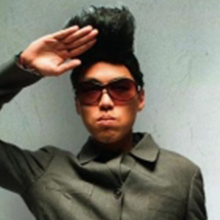
Kevin Yuen Kit Lo
This is an incredibly powerful project, and responds well to the "Radical Intimacy" theme of this year's festival. It provides an often unseen perspective on the lives of marginalised individuals, and does so in an engaging, poetic and empowering way.
It is clear within your imagery that creating a space of interaction with the individuals depicted has lead you to open up to a new reality. You have managed to break away from the limited narrative present in mainstream forms of representation and show a truly emotive portrait of your subjects. The images allow for the development of an intimate connection with the individuals portrayed as they propel the viewers beyond traditional labels and create a space for them to connect with the subjects of your photographs on a human level. Additionally, you do not simply open up a space for dialogue with the subjects, but also about our own preconceptions and how traditional representation shapes our way of seeing others.
However, while the photographic representations are not concerned with the individuals’ limitation, the words that accompany the images might be more problematic. In a way, I feel like you sometimes actively point out their difference. You describe the individuals so as to make them special, rather than concentrating on the personal and intimate aspects of love, belonging and identity you treat throughout the visuals. While you certainly do not partake in traditional stigmatization, those texts are lacking the poetics present in your work. Perhaps being as dismissive of their “disability” in your writing as in your visual treatment could make your series even more impactful since the words are the first thing we face when viewing the series online. Presenting them as being different from the get-go can tend to create a distance between the viewer and the subjects by tagging them as “the other.” The removal of the allusions to this otherness could reinforce your message by limiting the distance felt between the subjects and the viewer and allowing a truly fresh look at a reality too often pushed aside.
Also, the texts hint at the problematic treatment this marginalized group receives in traditional media and at the effect these forms of representation have on their perception of themselves. However, this topic is altogether absent from the imagery. Could’nt you create an even stronger space of dialogue if that topic was expanded upon? Afterall, the series is a great opportunity to confront us to the biased nature of the media and raise our awareness of the problematics of traditional channels of communication, an effect it clearly had on yourself. It is an occasion to lift the veil on common prejudices regarding who can actively engage in aspects of every day life we too often suppose are reserved for the ‘normal,’ and on the effect the media has on the perpetuation of these prejudices.
Those critiques aside, this is an exemplary work which presents a careful, emotive, and poetic portrait of individuals you clearly respect. It moves away from traditional labels and has a strong potential to initiate reflection on how we consider "ability", but also intimacy, sex, gender and identity in general.
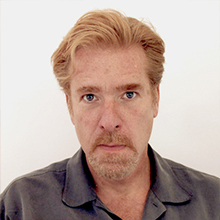
Scott Townsend
This is very well considered and is an interesting way to position both yourself as the photographer with your subjects as 'co-authors'.
The photo strategies indicate a strong connection to precedent- for example the use of spaces and context with the subject, photo juxtaposition, photo narration and editing all draw from the history and practice of documentary. There's a nice combination of artifact-based messages (schedules, emails etc as a kind of self disclosure by your 'co-authors' or subjects) as an extension to photo strategies.
My only observation would be that many of the photographic strategies are well-known at this point. There is a kind of ongoing tension in photo documentation between expression/editorial positioning and the photos/storyline reflecting things that might be more 'factual' in a sense (for example photo ethnography- or at least claims made about it). I don't have an answer to that- but continuing to think that through might provide something useful in moving forward with continuing work.
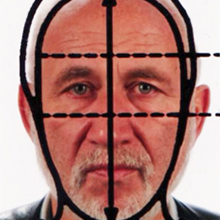
Alex Jordan
Dear Louis Lim
first please accept that my english is very bad (not in reading texts but in writing) so I try to give my best but I cannot go in deep grounds with my poor basical expressions.
Really I think you are in a very right direction and as you write that you want to continue, really do it. "don' talk to me carer, talk with me" as says Jocelin should be the communication goal, should have to be understood for people after having read and seen the proposals and picts you show on your website.
But please take a distance now and think about the RIGHT MEDIUM for your communication. The website is clean, accurate, "design", but in my mind you can do it better. texts should be really readible, for example and you can kick out the exhibition picts (on the walls). Rather imagine a website for "strange familiar" like a book or -as possible in the news medias- as an intelligent assemblage of links which give background infos (not only scientists datas but also statements about -for example the perfect body of Michelangelos David or Nan Goldins balad of sexual dependance). What Antony says, is that he suffers of a lack of beauty. But was is that, beauty? And "inner beauty"? Finally you can open the minds of the both sides, the "well-abled" as like the "dis"-abled.
friendly
Alex Jordan
Roderick Grant
I'm immediately drawn into the conversation here, certainly and immediately formally, but more to the point of the meme, into dialogue with people and situations I've never encountered - and I'm asked by the frankness of the series to consider my dialogue with them...as photography, as designed communication, they excel.
My first association is one that draws me to the work of others - Richard Renaldi - and the documentation and portraiture of the peripheral, the outcast and the relegated. While formal associations are what they are - unique to each viewer - I want to be specific in my relation of this work to Renaldi's - both force the same re-assessment of gaze, both confront but do not judge, both resolve formally without providing for cognitive or communicative resolution. I'm not presented difference or intimacy with judgment, and that seems, to me, to be an incredibly rich and nuanced territory to occupy.
Textually, these images seem to play in the territory of the ways in which we construct, and have constructed for us, different gazes - ways of seeing we are given by society to compartmentalize and simplify the ultimate complexity of difference. In your statement you identify "the devastation of the pathological". In the spirit of dialogues, the devastation is both given to us in what we are taught to see, but also inward to the viewer - our gaze is devastating in that it consumes the visual world in ever more cynical and destructive ways.
I'm not by any means suggesting what I'm about to suggest because I think your work lacks - I'm suggesting some conceptual directions to - hopefully - give you some more tools to work with, as your formal toolset is very well tuned and evolved as it is:
Michel Foucault wrote two works that may at some point be of use to you - The Birth of the Clinic - and - Madness and Civilization. The first deals with the ways in which difference in the form of illness and sickness is categorized, contained and labelled by the medical profession to control illness and difference - its a particular way of looking at a human being - a 'medical gaze'. The second deals with the ways in which urban form has responded to issues of the mad and insane living in - or outside - of normative society. Either or both texts might give you further avenues to pursue your work to date, as all three portrait series are strong critical interrogations of how one looks at otherness, difference and 'differently-abled narrative'.
I'm left hopeful by this work, in that it does not attempt to overcome or compensate for what it sees, nor to blindly celebrate its participants. The sequencing and serial/narrative nature of the work deserves more study through exhibition - and I think it is in exhibition that the work might evolve?
Do you need to include a cinematic or video-graphic statement by yourself, each participant? - sound in the case of each image being a palpable presence. An Andy Warhol-like screen test of simply recording presence to further contextualize the photographic work to follow?
If the work is a study in intimacy, you've accomplished that and brought difference to the foreground as part of that dialogue. My emerging questions would then have to do with the exhibition itself - how do you present the work in a spatial sense to preserve, foreground and play with notions of intimacy within the work and with the viewer?

